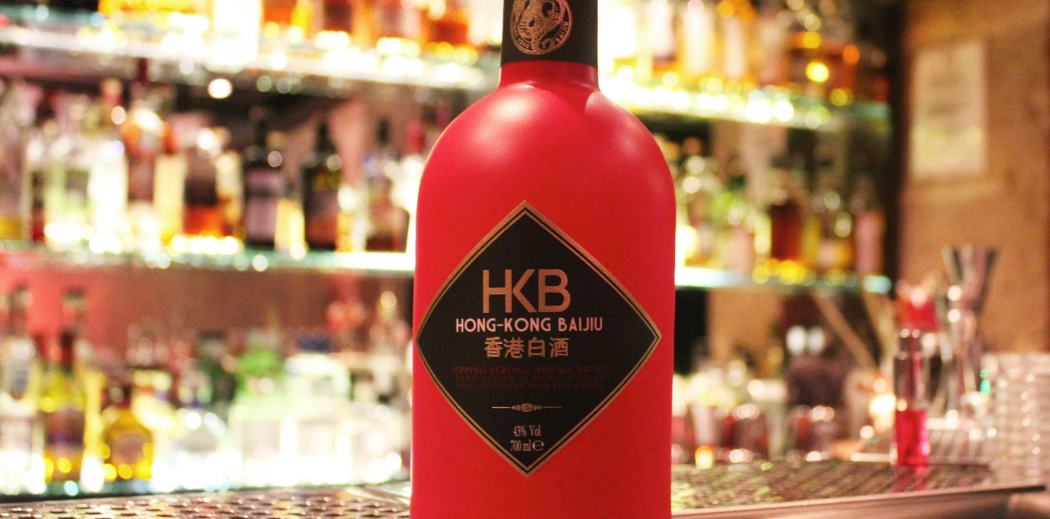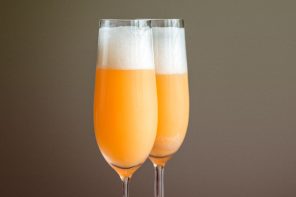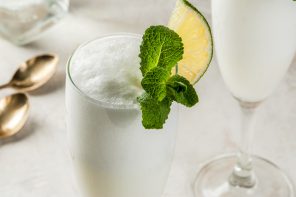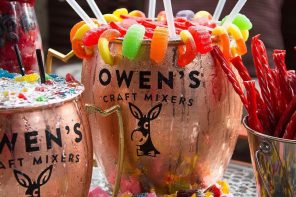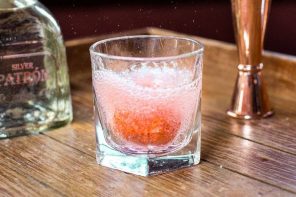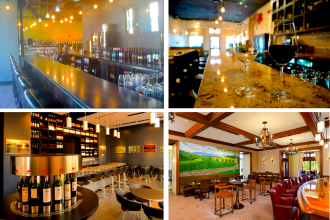“I try not to travel for more than one week at a time,” Charles Lanthier says, “otherwise I won’t have a life.”
It’s hard to imagine how Charles can avoid extended journeys. He’s a Parisian based in Rome who lived in Shanghai for years. He’s just been on a trip to Los Angeles and is wrapping up a two day stay in New York, where we’ve gathered for drinks.
The man looks ready to go home, and who can blame him? After all, he has spent the last three years of his life hopping from continent to continent and attempting to bridge the gap between East and West. Charles isn’t a translator, an ambassador or a spy- he’s the founder of Hong Kong Baijiu.
“I was working in a very different field” says Charles of his time in Shanghai, “but I was just so surprised that the biggest spirits category in the world has not exited China yet. So I went on a quest to see what baijiu is all about.”

Charles Lanthier
‘Quest’ is no exaggeration. Most of us would stop after Googling “chinese liquor baijiu,” but Charles went all the way. Once he decided that baijiu was his future he bowed out of a long and successful career in business and management in order to travel all throughout China and visit distilleries.
Charles’ goal was not to make ordinary baijiu for Chinese drinkers. As he points out, there are an estimated 10,000 producers of the stuff in China already. The Chinese drink so much of it that it’s the most consumed spirit in the world. It was clear that China didn’t need another producer of baijiu.
For Charles and Hong Kong Baijiu, the goal was (and is) to bring Baijiu to places and palates that never encountered it before, to get it off of the Asian continent and send it west. The challenge? It’s a drink unlike anything found outside of Asia, not only in terms of how it tastes, but how it is consumed.
“In China,” Charles smiles, “100% of the baijiu is consumed in shots. I lived in China for many years so I would drink it all the time, but the consumption mode was not appropriate for me. The idea behind HKB is really to bring a very new product that still respects the consumption pattern of the west.”
It’s true, you’re unlikely to find many English, French, Italian or American drinkers who stop at multiple points during their dinner to put back shots of a spirit that can weigh in at 50-60% ABV. A shot or two at the bar is one thing, but baijiu-style drinking just isn’t how consumption typically occurs in Charles’ target markets.
The solution was to make a different kind of baijiu, one that could bridge the gap between the intense flavors and consumption patterns of China and those familiar to westerners. More specifically, the solution was to make a baijiu that was milder and, crucially, mixable.
Charles settled on a distillery (that he keeps secret) somewhere near Sichuan, where some of the best Baijius in China are made. These distillers set out to make a slightly milder and cocktail friendly baijiu, a take on the spirit that accommodates the way Westerners tend to drink, and the flavors they seek.
“We call it Hong Kong Baijiu but it’s not from Hong Kong,” Charles notes. “It’s called Hong Kong Baijiu because Hong Kong is the natural link between the East and the West.”
Make no mistake, the baijiu that comes in HKB’s bright red bottles will certainly shock a first-time drinker. However, compared to incredibly expensive and intense brands like Moutai, it meets the American palate (and wallet) halfway, which is precisely the idea.
Will baijiu make a significant impression on drinkers outside of its motherland? Maybe, maybe not. One thing, however, is clear: when it comes to international success, Charles’ HKB looks like baijiu’s best shot.

